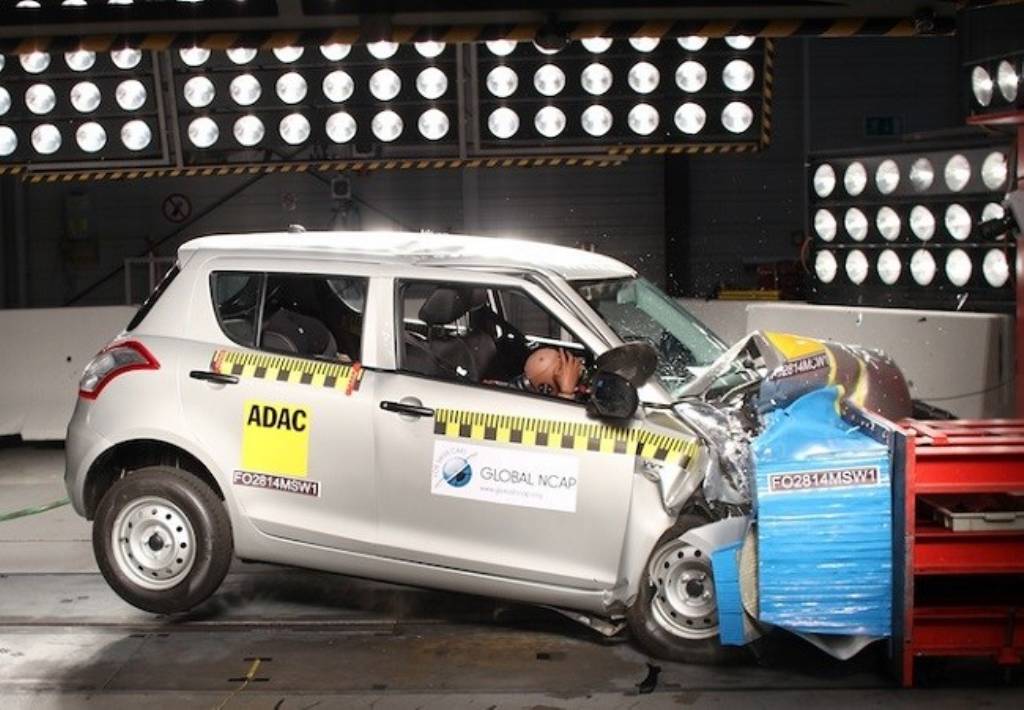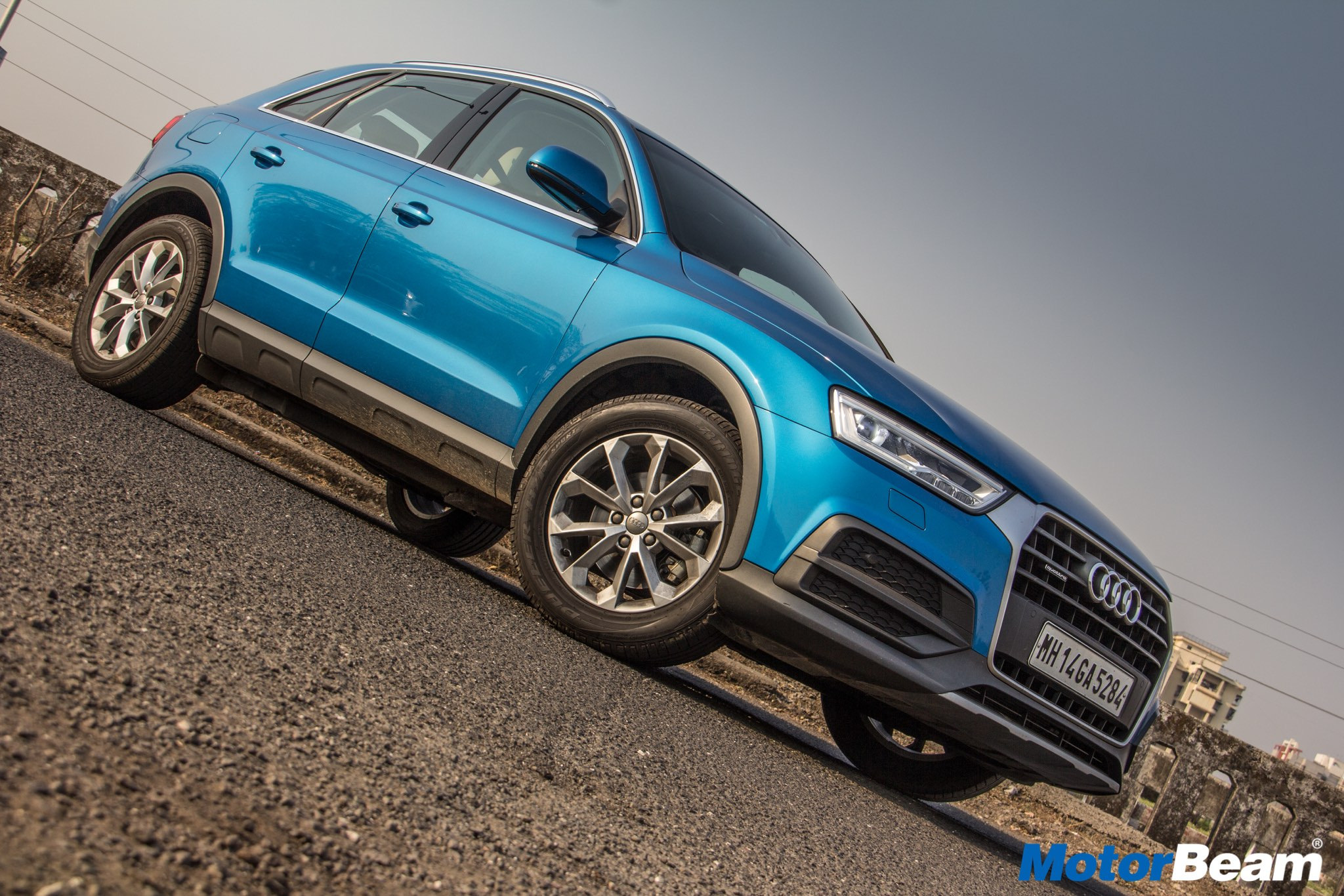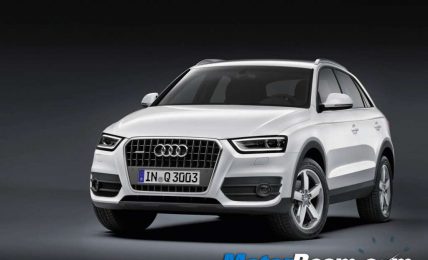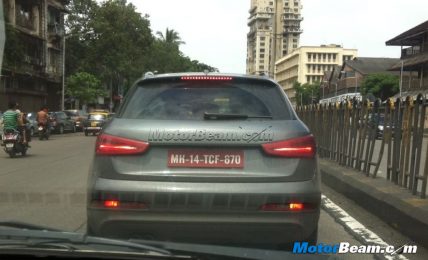The passengers in the Maruti Eeco could have survived the impact if the car was equipped with better structural rigidity, crumple zones and airbags.
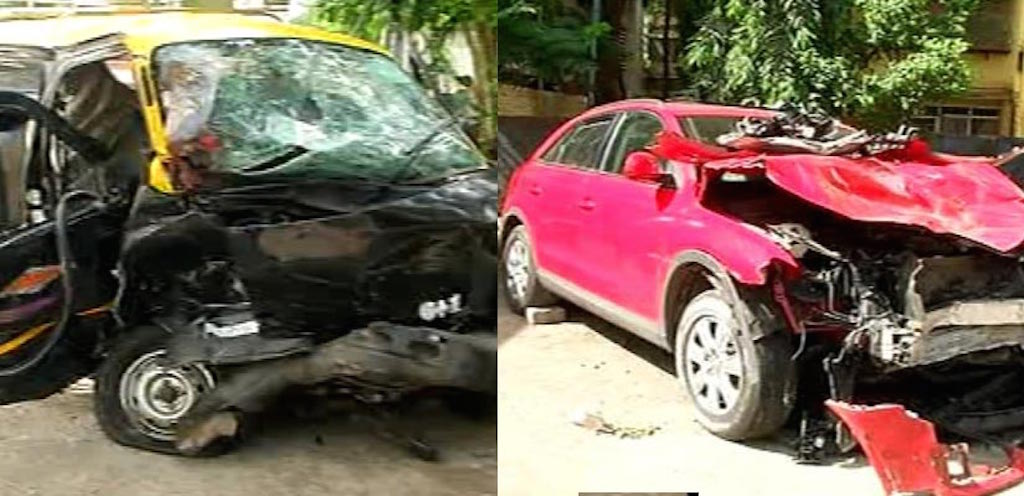
The data accumulated by the Indian government reveals that a road accident occurs every minute, 16 deaths occur every hour and 20,000 deaths happen due to drunk driving every year. Now a part of these statistics is the Janhavi Gadkar case, the big-shot high profile lawyer from Mumbai who rammed her pricey Audi Q3 into an oncoming taxi, a Maruti Eeco on the Eastern Express Freeway. Janhavi drunk (180 ml) way beyond the permissible limit (30 ml), was driving on the wrong side of the road at high speeds and collided head on with the cab.
Yet, Janhavi survived with bruises while the driver and front passenger in the cab lost their lives and the rear seat occupants were subjected to serious injuries. Why the difference? Because the Audi Q3 (the said car seems to be the S Edition) gets airbags, rigid body, collapsible steering column, crumple zones and a host of other safety equipment. The Maruti Eeco, on the other hand, comes with seat belts. Period. The occupants in the cab paid a heavy price for something that wasn’t their fault, but could have been saved and walked away just like the lawyer, had the Eeco built by Maruti Suzuki prescribed to the United Nations vehicle safety norms. In essence, if you have the money, only then you are entitled to safety.
Clearly, building cars to meet safety norms isn’t working out for most Indian manufacturers. Global players like Nissan that scored the highest levels in safety in the US last year, retails a sub-standard car (in terms of safety) like the Datsun GO in India. The car’s safety levels and structural rigidity has been openly questioned by the Global NCAP (GNCAP). Maruti has been evading the safety issue on its vehicles by stating that its cars meet local safety norms. However, its made-for-India vehicles including the Swift and Alto 800 have failed miserably at the Global NCAP crash tests. The GNCAP further stated that cars like the Datsun and Alto would fail even if they were equipped with airbags due to their structural weakness.
The rules set by the government in developed markets mandate automakers to fit a host of basic safety features. In India though, the government for the longest period has been ignorant about safety features on mass market cars. In 2013, light motor vehicles accounted for 22.2 percent of all road accidents in the country, 21.6 percent in 2012 and 21.3 percent in 2011. The accident numbers aren’t going down and it seems, it will take something dramatically eye-opening to levy stricter safety norms. Let’s not even get started on the implications of driving under influence or who’s moral responsibility was it to stop Janhavi from driving drunk.
The government has proposed setting up Bharat New Vehicle Safety Assessment Programme (BNVSAP) as part of the new Road Transport and Safety Bill, under which cars will be tested through front and side crash tests, and will adhere to at least basic global safety standards. Furthermore, vehicles will be given a star rating based on their safety levels. However, the BNVSAP will come into play after five years from the date of notification of the bill. Meanwhile, manufacturers will have to develop new assembly lines, change the structural design or design all-new cars in order to meet safety norms. Then, there is also the crash test centre which needs to be setup to conduct the tests. While the future might just be a tad bit safer, the present accident numbers are unlikely to come down anytime soon.
